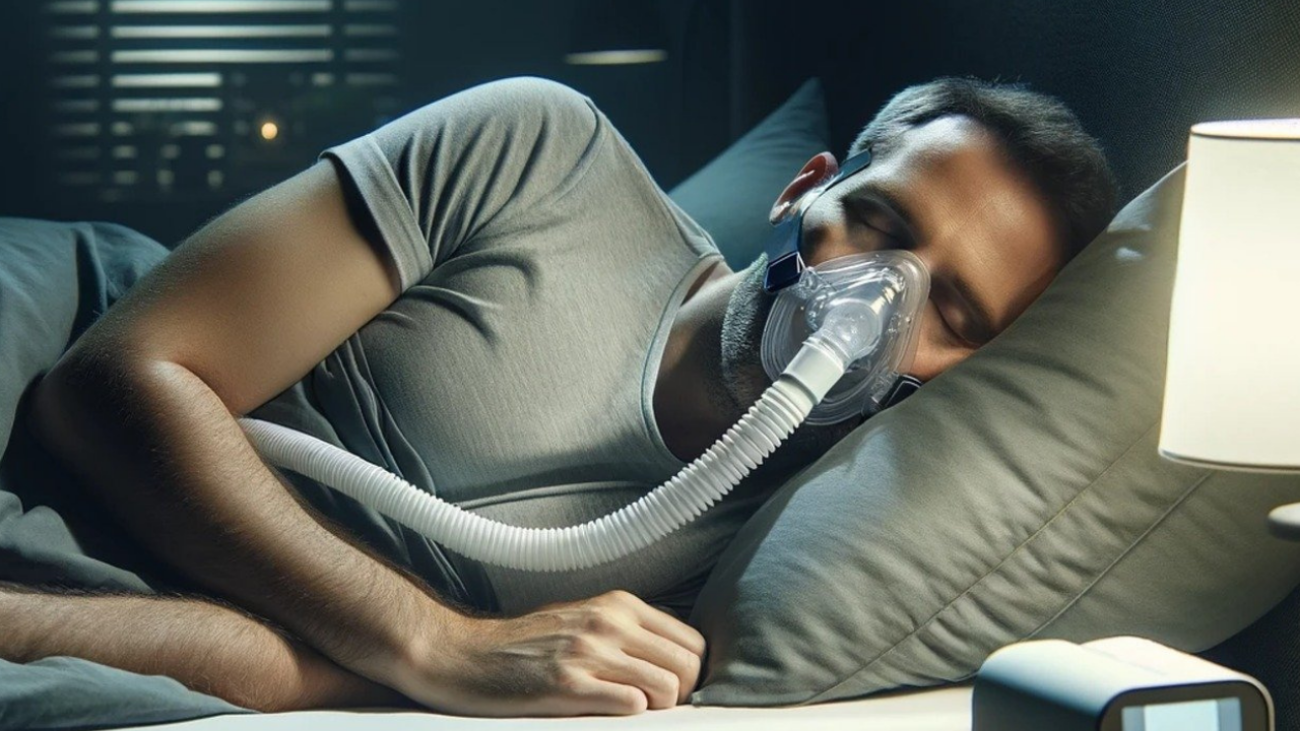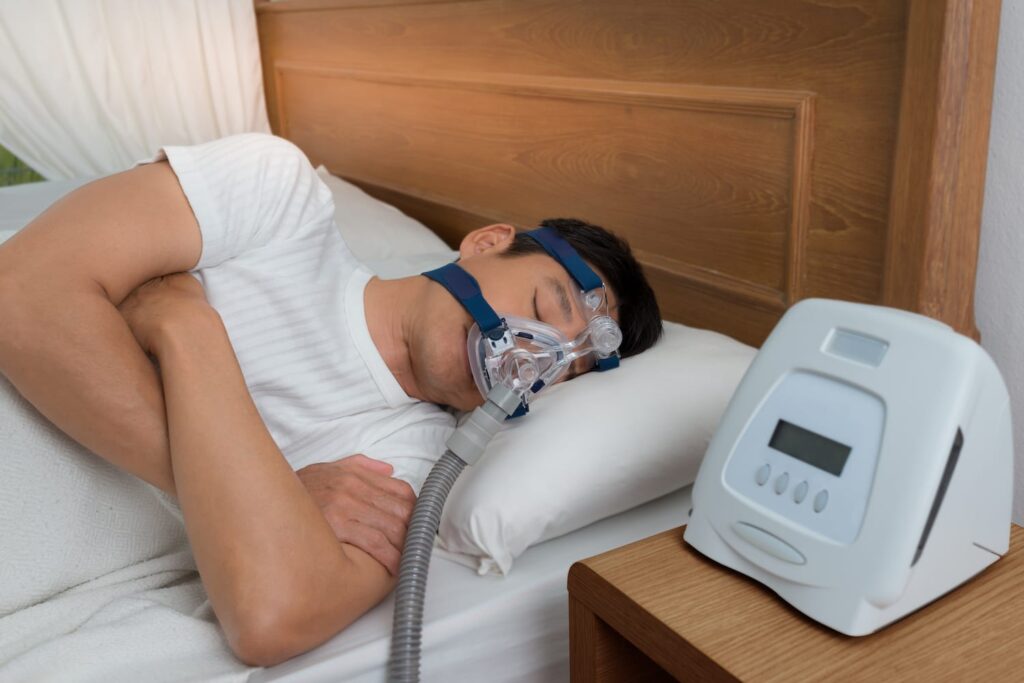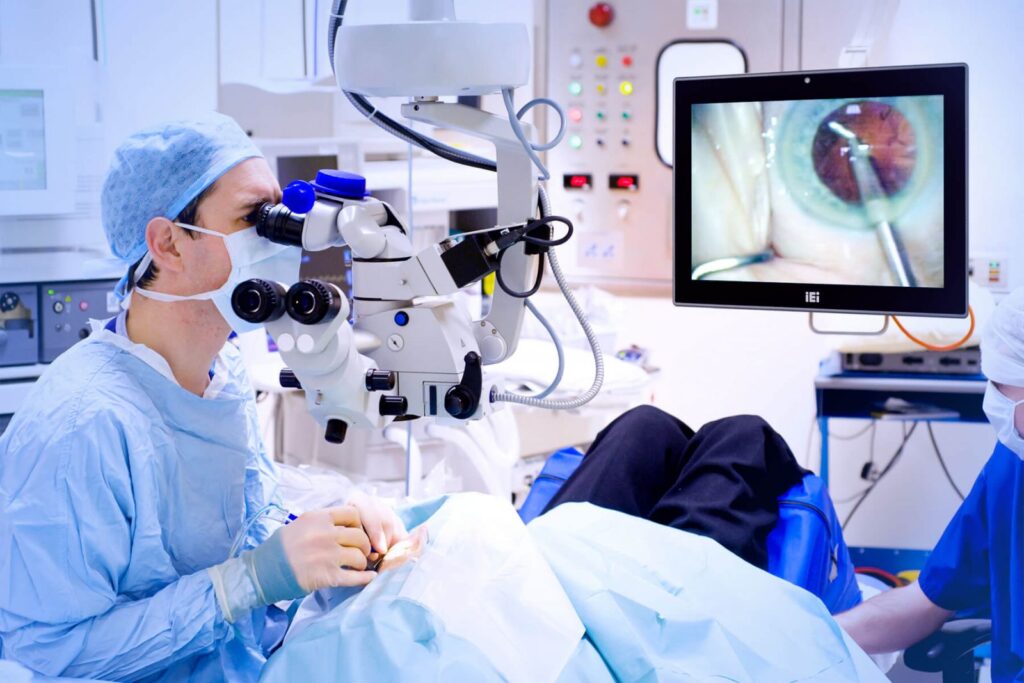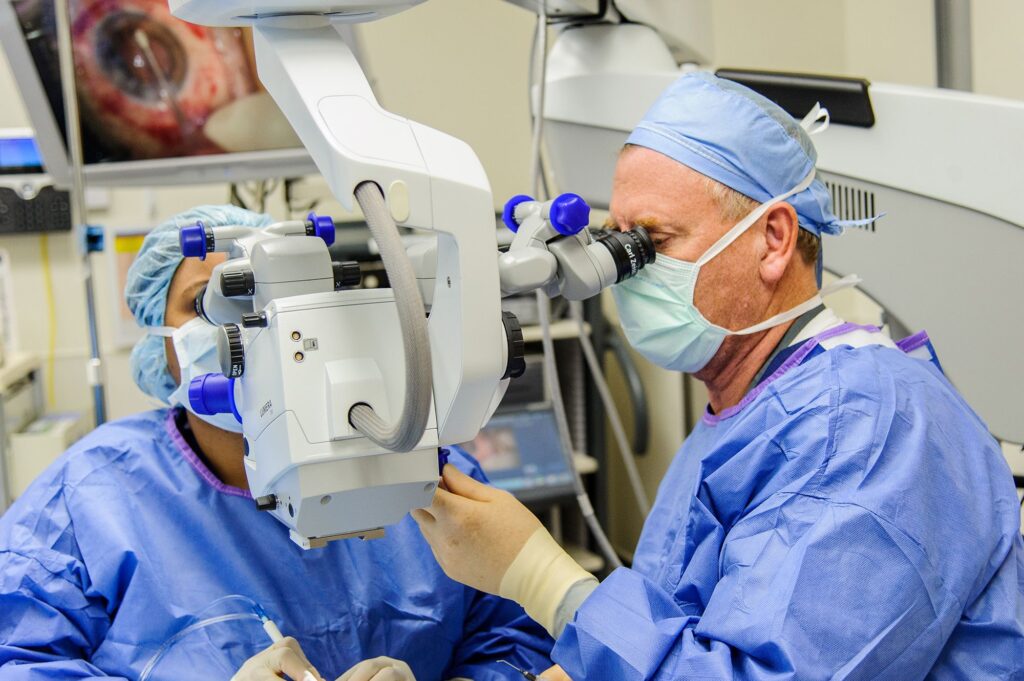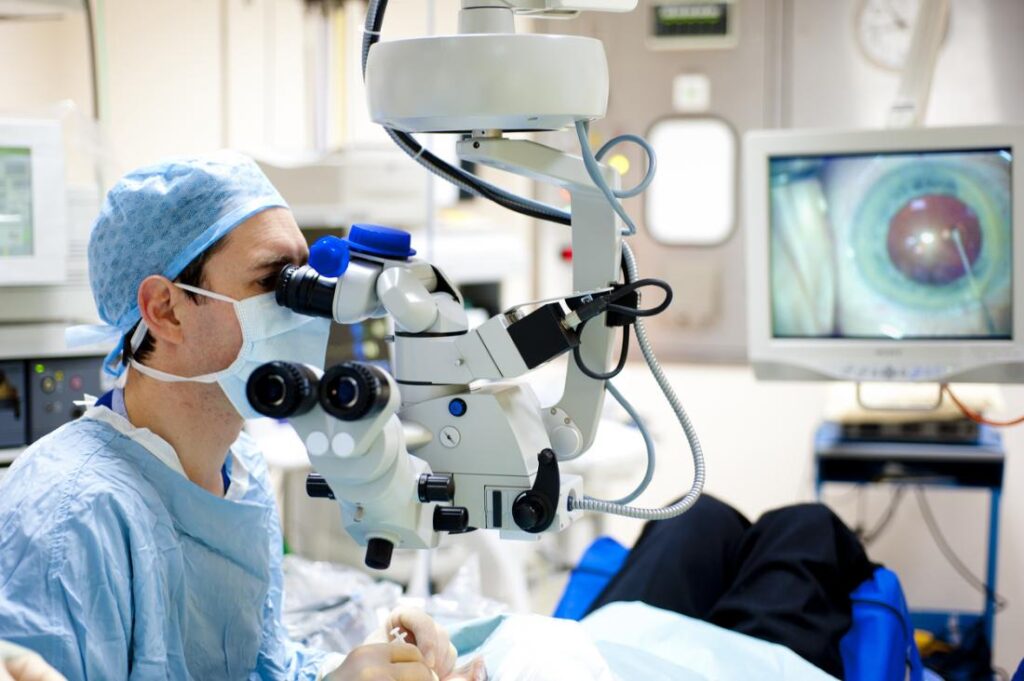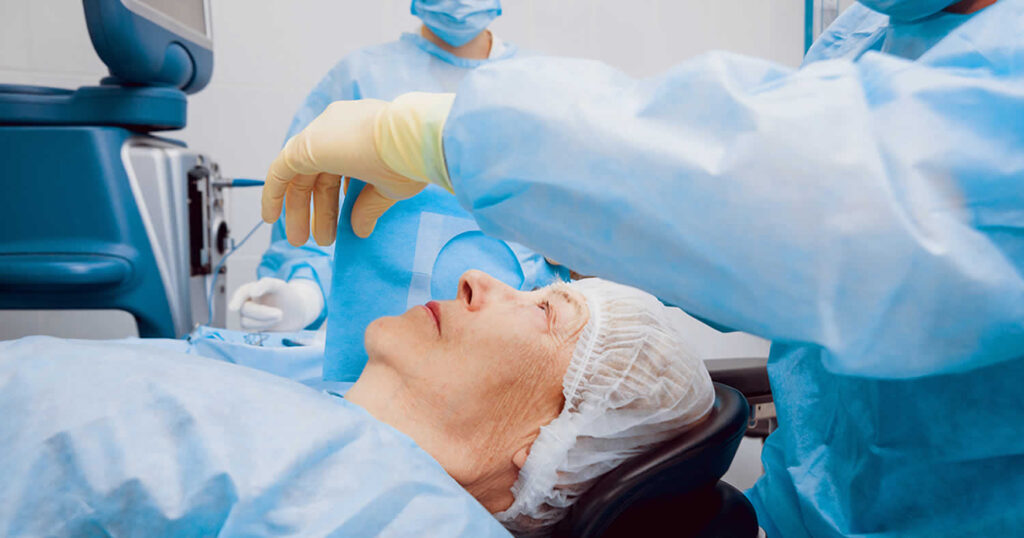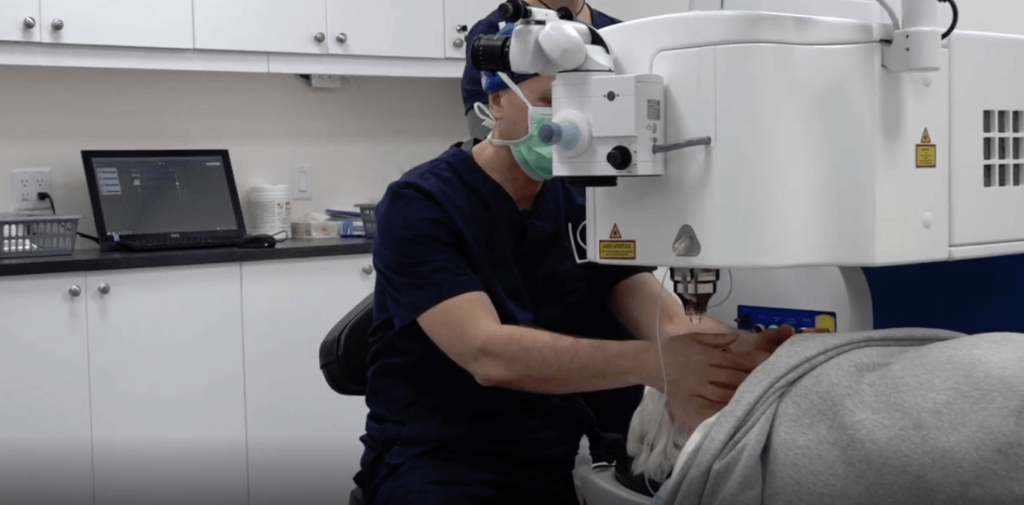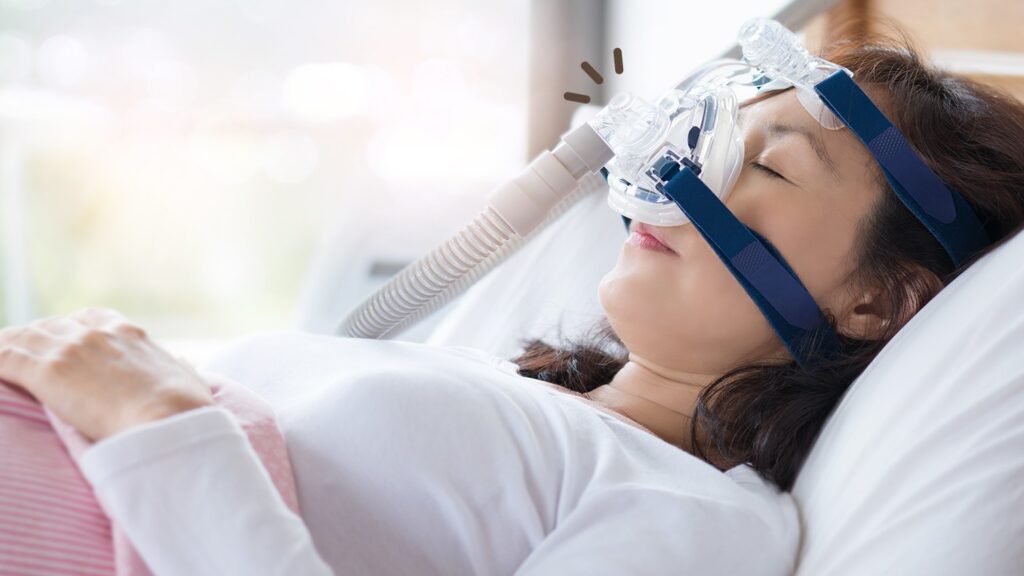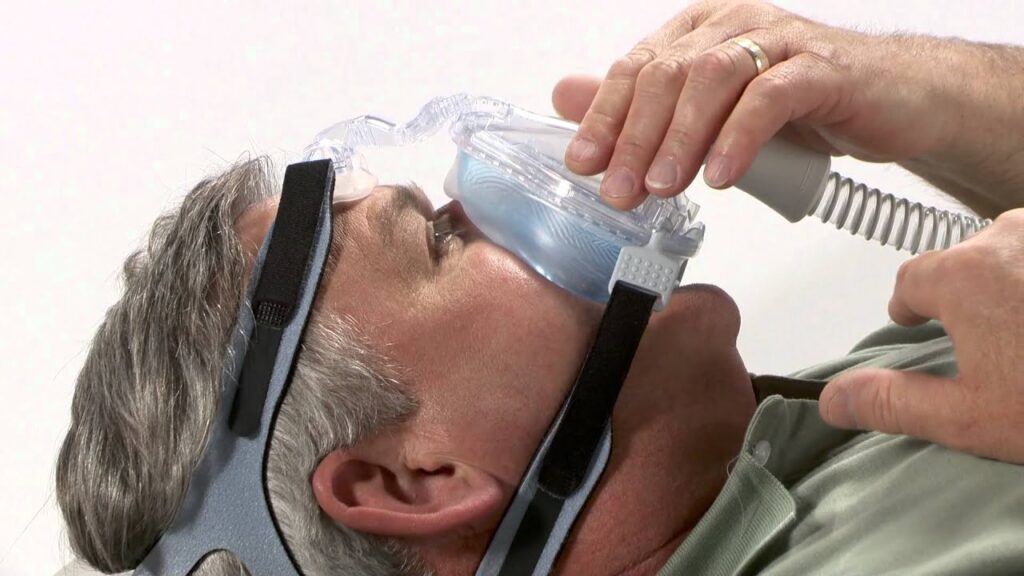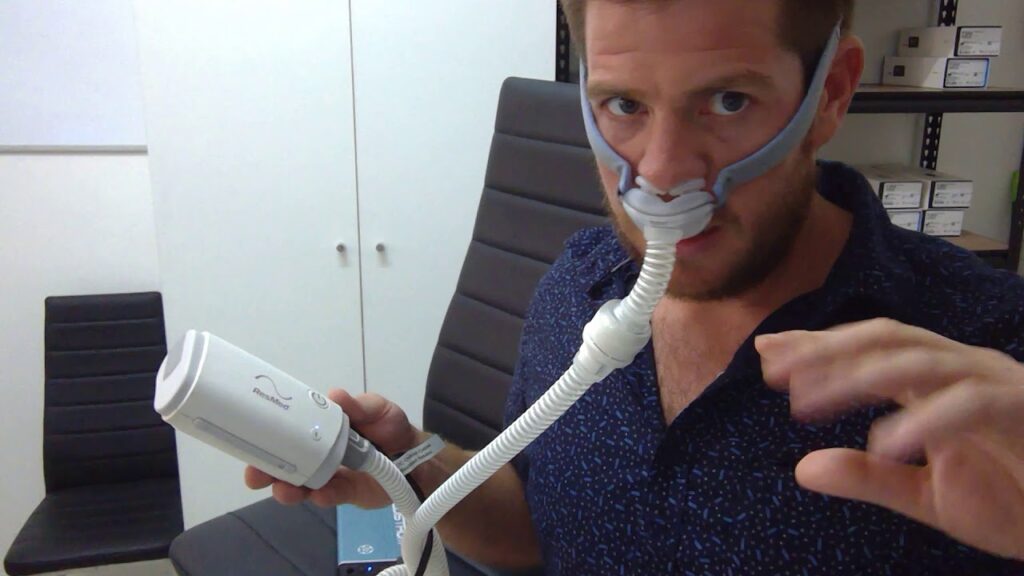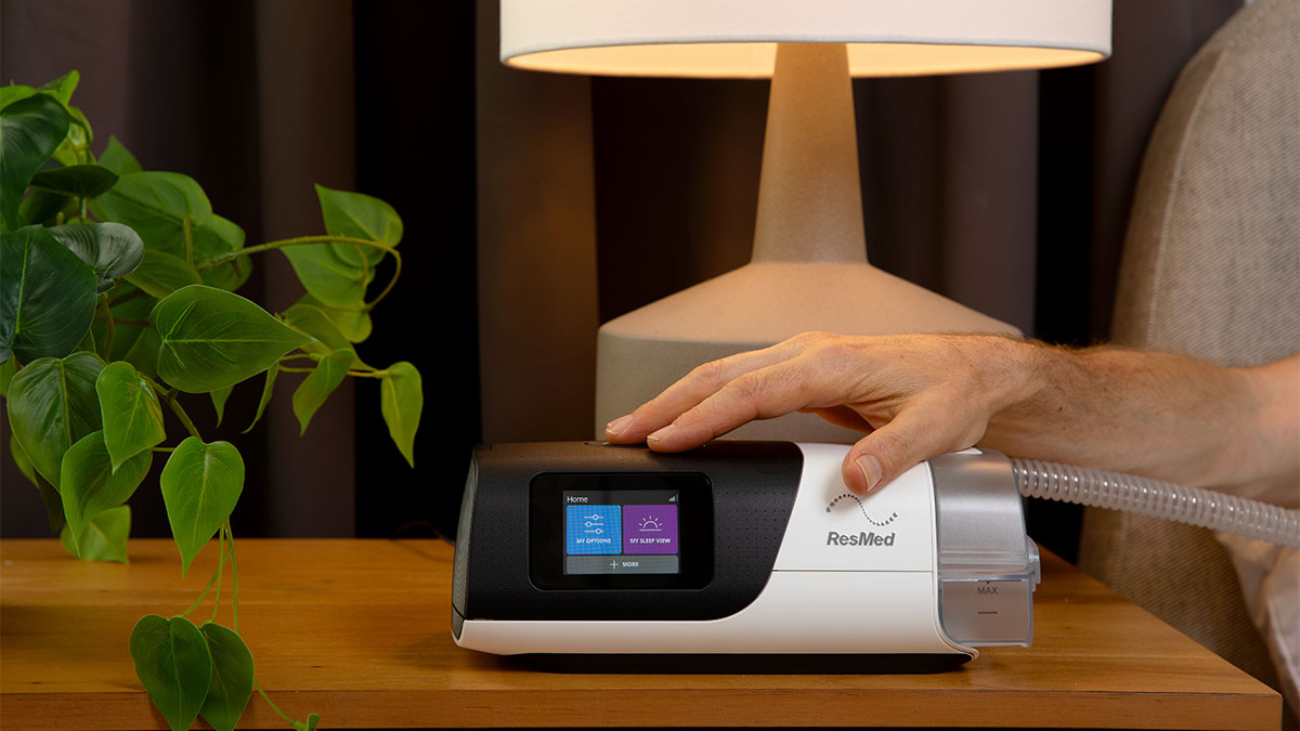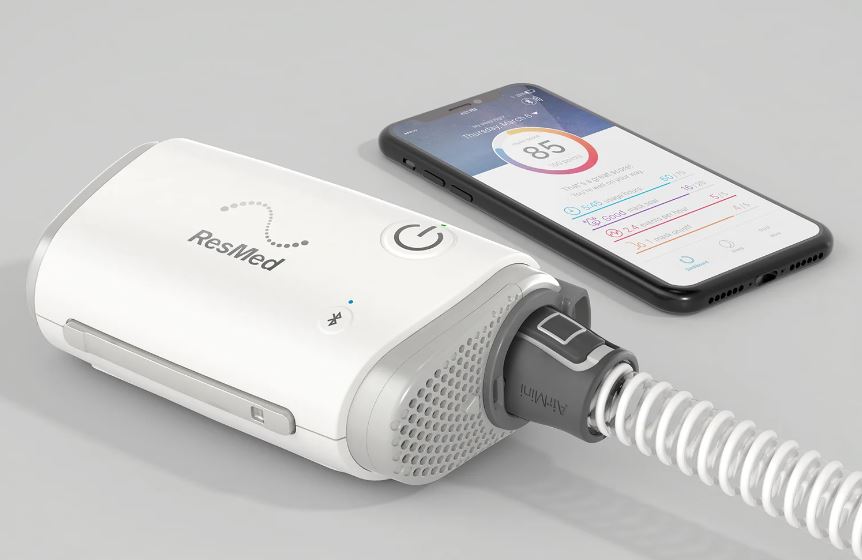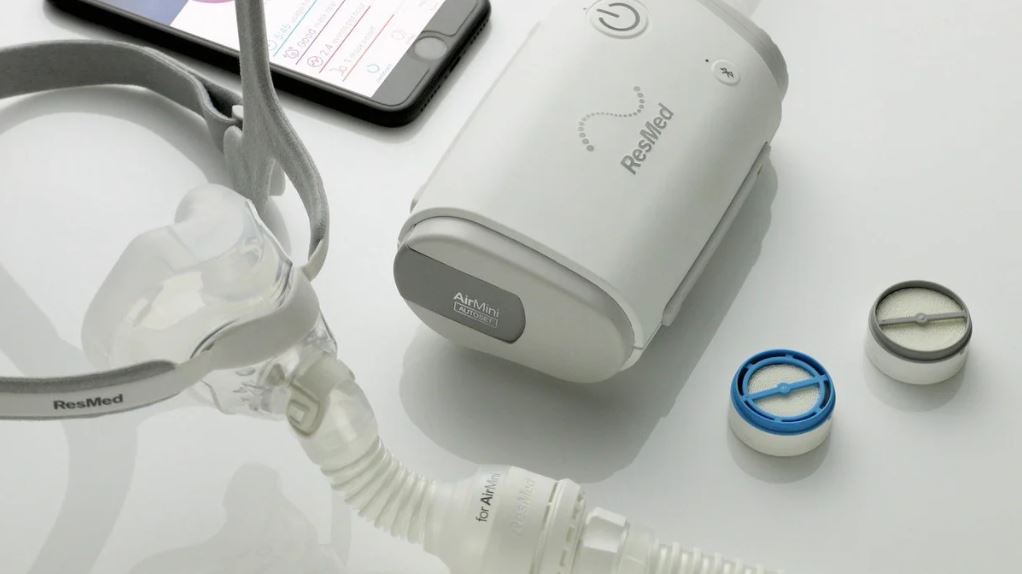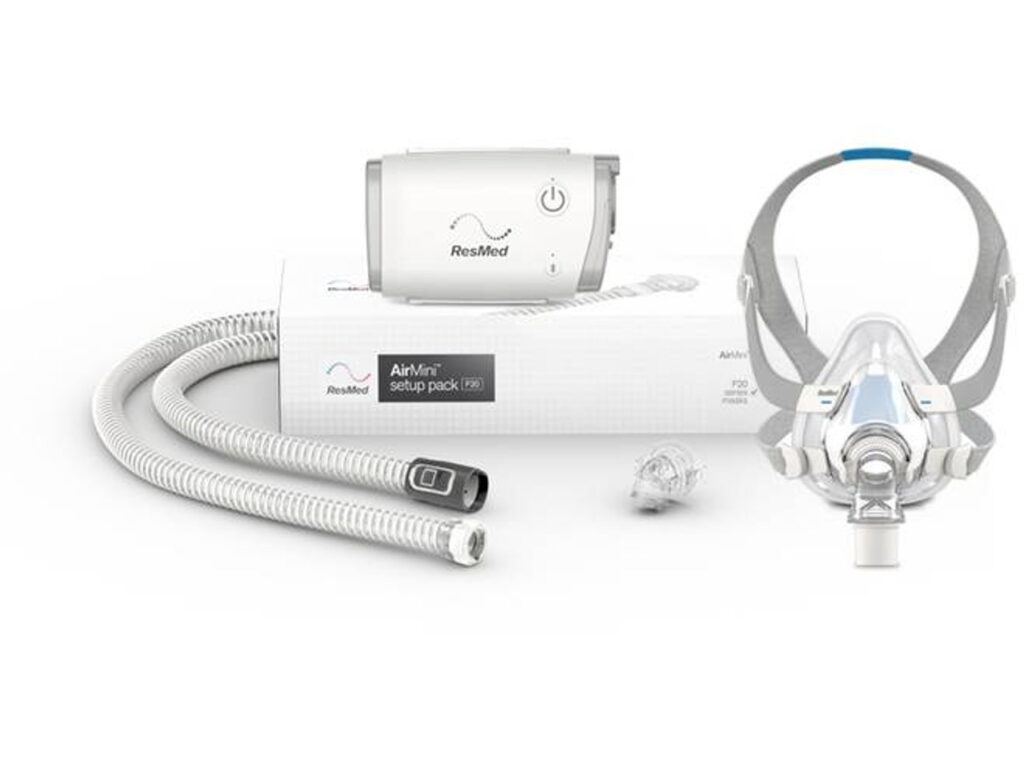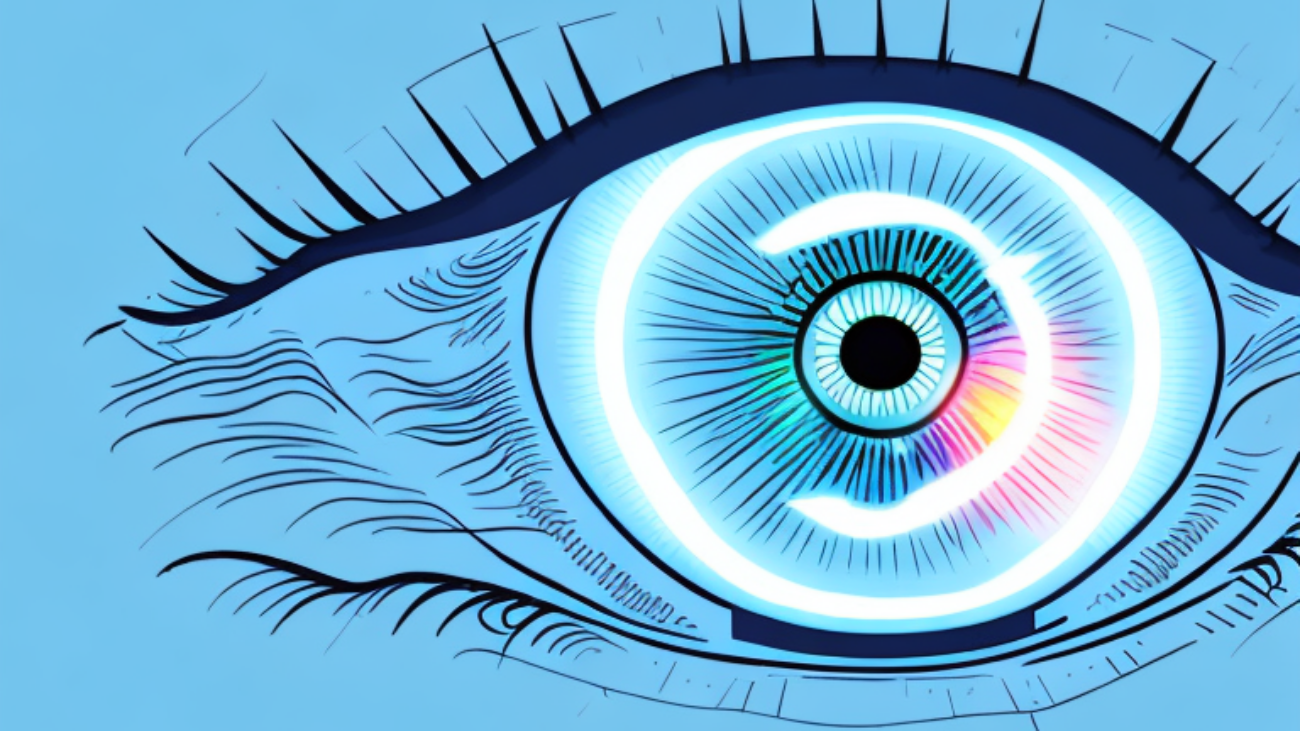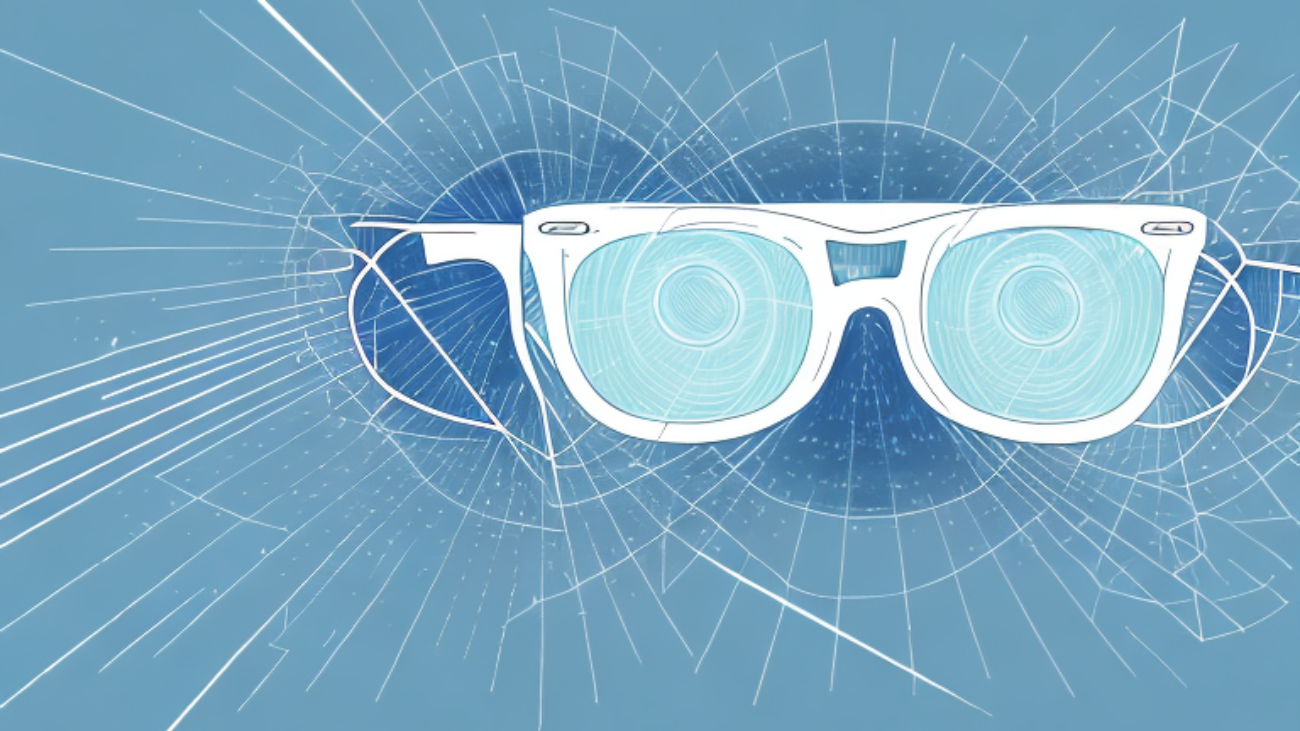Understanding Sleep Apnoea
Sleep apnoea is a serious sleep disorder characterised by repeated interruptions in breathing during sleep. These interruptions can last for several seconds and may occur multiple times throughout the night, leading to disrupted sleep patterns and a host of associated health issues. The most common type is obstructive sleep apnoea (OSA), which occurs when the muscles at the back of the throat relax excessively, causing a blockage of the airway. This condition can affect individuals of all ages, but it is particularly prevalent among middle-aged men and those who are overweight or obese.
Individuals suffering from sleep apnoea often experience excessive daytime sleepiness, irritability, and difficulty concentrating. In severe cases, it can lead to more serious health problems such as cardiovascular disease, high blood pressure, and diabetes. Given the potential risks, it is crucial for those who suspect they may have sleep apnoea to seek diagnosis and treatment. Furthermore, the condition can also impact relationships, as partners may be disturbed by the loud snoring and gasping episodes, leading to a decrease in overall quality of life for both parties involved.
Symptoms of Sleep Apnoea
Common symptoms of sleep apnoea include loud snoring, gasping or choking during sleep, and waking up with a dry mouth or sore throat. Additionally, many individuals may report feeling unrefreshed after a night’s sleep despite spending adequate time in bed. Recognising these symptoms is the first step towards seeking a professional diagnosis. Other signs may include frequent urination during the night, mood swings, and a noticeable decline in cognitive function, which can further complicate daily activities and responsibilities.
Sleep apnoea is a significant health concern that can have serious implications if left untreated. Understanding the testing process, including the availability of bulk billing, is crucial for Australians seeking diagnosis and treatment. While public sleep apnea test bulk billing options, private clinics may involve additional costs. It is essential for patients to consult with healthcare providers, understand their insurance coverage, and prepare adequately for testing.
Importance of Diagnosis
Diagnosing sleep apnoea typically requires a sleep study, which can be conducted in a sleep clinic or at home using portable monitoring devices. This study records various parameters, including breathing patterns, oxygen levels, and heart rate, to determine the severity of the condition. Early diagnosis is vital, as untreated sleep apnoea can lead to long-term health complications. Moreover, a comprehensive evaluation may also involve a physical examination and a review of medical history, allowing healthcare professionals to tailor treatment options effectively. Treatments can range from lifestyle changes, such as weight loss and positional therapy, to the use of continuous positive airway pressure (CPAP) machines, which help keep the airway open during sleep, significantly improving quality of life for those affected.
What is Bulk Billing?
Bulk billing is a payment option under the Medicare system in Australia, where healthcare providers directly bill Medicare for the services rendered to patients. This means that patients do not have to pay out-of-pocket expenses for the services covered by Medicare. Bulk billing is particularly beneficial for those who may struggle with the costs associated with healthcare, ensuring that financial barriers do not prevent access to necessary medical services.

In the context of sleep apnoea testing, understanding whether these tests are bulk billed can significantly influence a patient’s decision to seek diagnosis and treatment. It is essential to clarify how bulk billing works for sleep studies and what Australians should expect.
Eligibility for Bulk Billing
Not all medical services are eligible for bulk billing, and this can vary significantly between different healthcare providers. Generally, bulk billing is more common in public healthcare settings, while private practices may charge additional fees. Patients should inquire about the bulk billing policy of their chosen healthcare provider before proceeding with a sleep study.
Factors Affecting Bulk Billing Availability
Several factors can influence whether a sleep apnoea test is bulk billed. These may include the specific type of test being conducted, the location of the testing facility, and the individual’s Medicare eligibility. Additionally, some specialists may choose not to bulk bill due to the costs associated with providing the service, which can lead to out-of-pocket expenses for the patient. Find more about eligibility on https://fazaiamedical.edu.pk/admissions-eligibility-criteria/
Are Sleep Apnoea Tests Bulk Billed in Australia?
The availability of bulk billing for sleep apnoea tests varies across Australia. In many cases, sleep studies conducted in public hospitals or sleep clinics may be bulk billed, especially for patients referred by a general practitioner. However, this is not universally applicable, and patients should verify the billing practices of the specific facility they plan to use.

Private sleep clinics may charge fees that are not covered by Medicare, leading to additional costs for patients. It is advisable for individuals to discuss potential costs upfront with their healthcare provider to avoid unexpected expenses.
Public vs Private Sleep Studies
Public sleep studies are often more accessible and may be bulk billed, but they can also have longer waiting times due to high demand. Conversely, private sleep studies typically offer quicker access but may come with higher fees. Patients should weigh their options based on urgency, convenience, and financial implications.
Consulting with Healthcare Providers
Before undergoing a sleep study, it is crucial to consult with a healthcare provider who can provide guidance on the best course of action. They can help determine whether a bulk-billed option is available and assist in navigating the complexities of the healthcare system. Being well-informed can lead to a smoother experience and better health outcomes.
Cost of Sleep Apnoea Testing
The cost of sleep apnoea testing can vary widely depending on the type of test, the location, and whether it is conducted in a public or private setting. In general, a comprehensive sleep study can range from several hundred to over a thousand Australian dollars. If the test is not bulk billed, patients may be responsible for the full amount or a portion of it, depending on their Medicare coverage.
Home sleep tests, which are less comprehensive than in-lab studies, may also be available at a lower cost. These tests can provide valuable information and are often more convenient for patients, allowing them to conduct the study in the comfort of their own home. Click here to find more about convenient.
Additional Costs to Consider
In addition to the direct costs of the sleep study, patients may incur other expenses related to the diagnosis and treatment of sleep apnoea. This can include consultations with specialists, follow-up appointments, and potential costs for treatment options such as continuous positive airway pressure (CPAP) therapy. Understanding the full scope of potential costs is essential for effective financial planning.
Insurance Coverage
For those with private health insurance, it is important to check the specifics of the policy regarding sleep studies. Some policies may cover a portion of the costs associated with sleep apnoea testing and treatment, while others may not. Patients should contact their insurance provider to clarify what is covered and what out-of-pocket expenses they might expect.
How to Prepare for a Sleep Apnoea Test
Preparation for a sleep apnoea test can vary depending on whether it is conducted in a sleep clinic or at home. Generally, patients are advised to avoid caffeine and alcohol in the days leading up to the test, as these substances can affect sleep patterns. Additionally, it is important to maintain a regular sleep schedule to ensure accurate results.
For in-lab tests, patients may be asked to arrive at the clinic in the evening and will be monitored throughout the night. Home tests typically involve setting up a portable device that records sleep data while the patient sleeps in their own bed.
What to Expect During the Test
During a sleep study, various sensors will be attached to the patient to monitor brain activity, breathing patterns, and heart rate. In a sleep clinic, healthcare professionals will be on hand to assist and ensure the patient is comfortable. For home tests, patients will receive instructions on how to properly set up and use the monitoring device.
Interpreting the Results
After the sleep study, the data collected will be analysed by a sleep specialist. The results will determine whether a diagnosis of sleep apnoea is made and, if so, the severity of the condition. Patients will then be informed of the next steps, which may include lifestyle changes, CPAP therapy, or other treatment options.
Conclusion
Ultimately, prioritising sleep health is vital for overall well-being. By staying informed and proactive, individuals can take the necessary steps towards managing sleep apnoea effectively.


